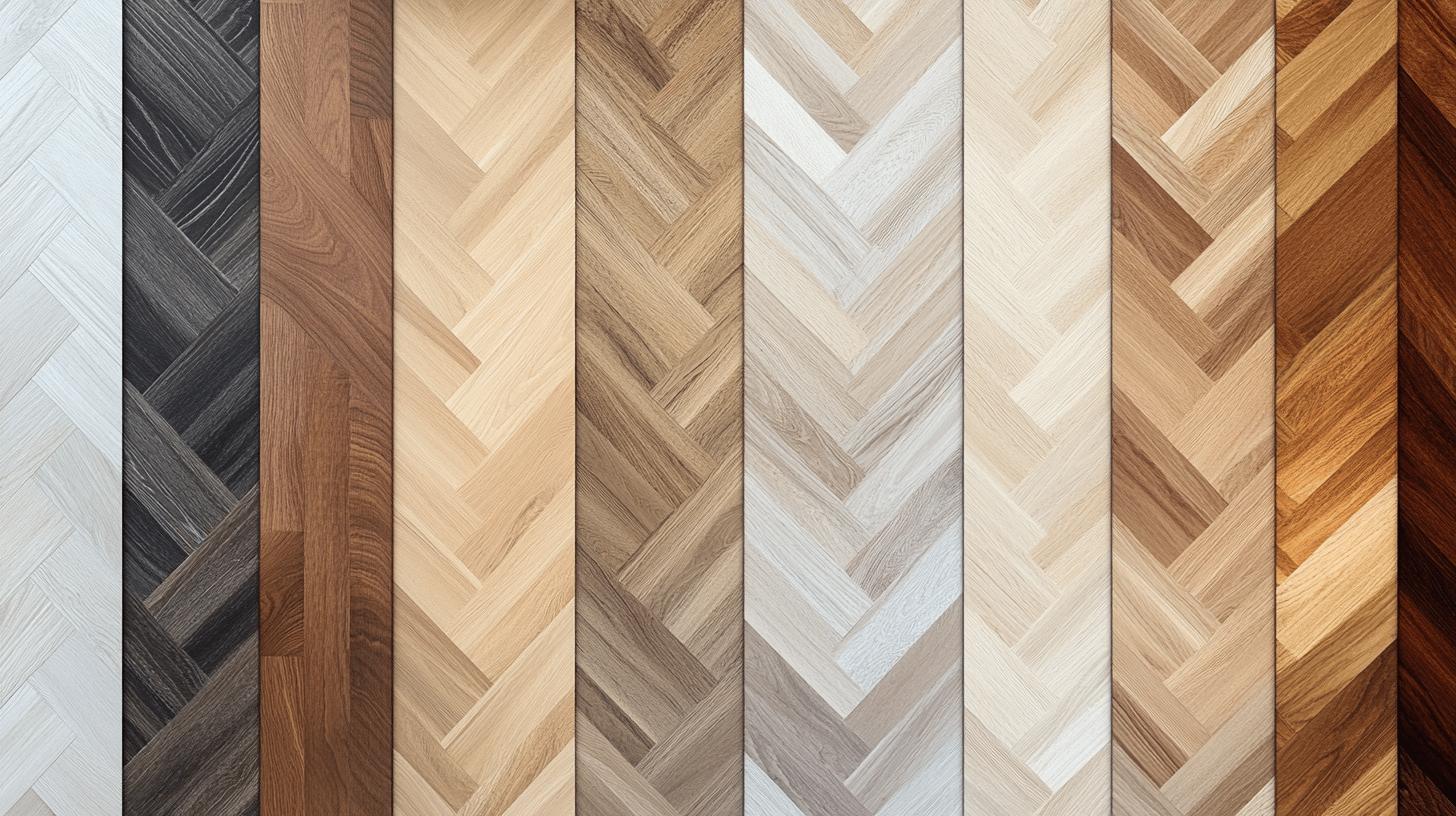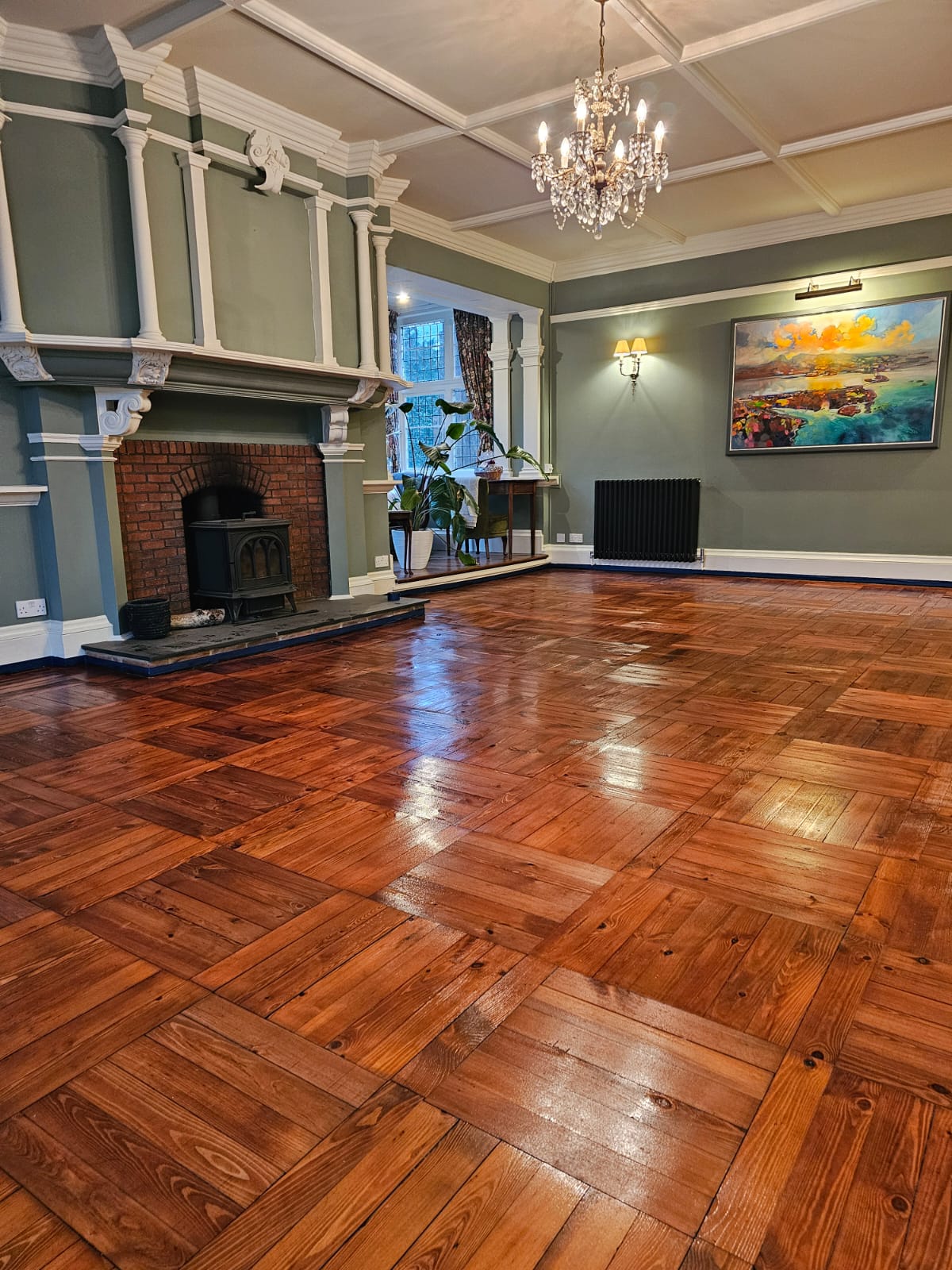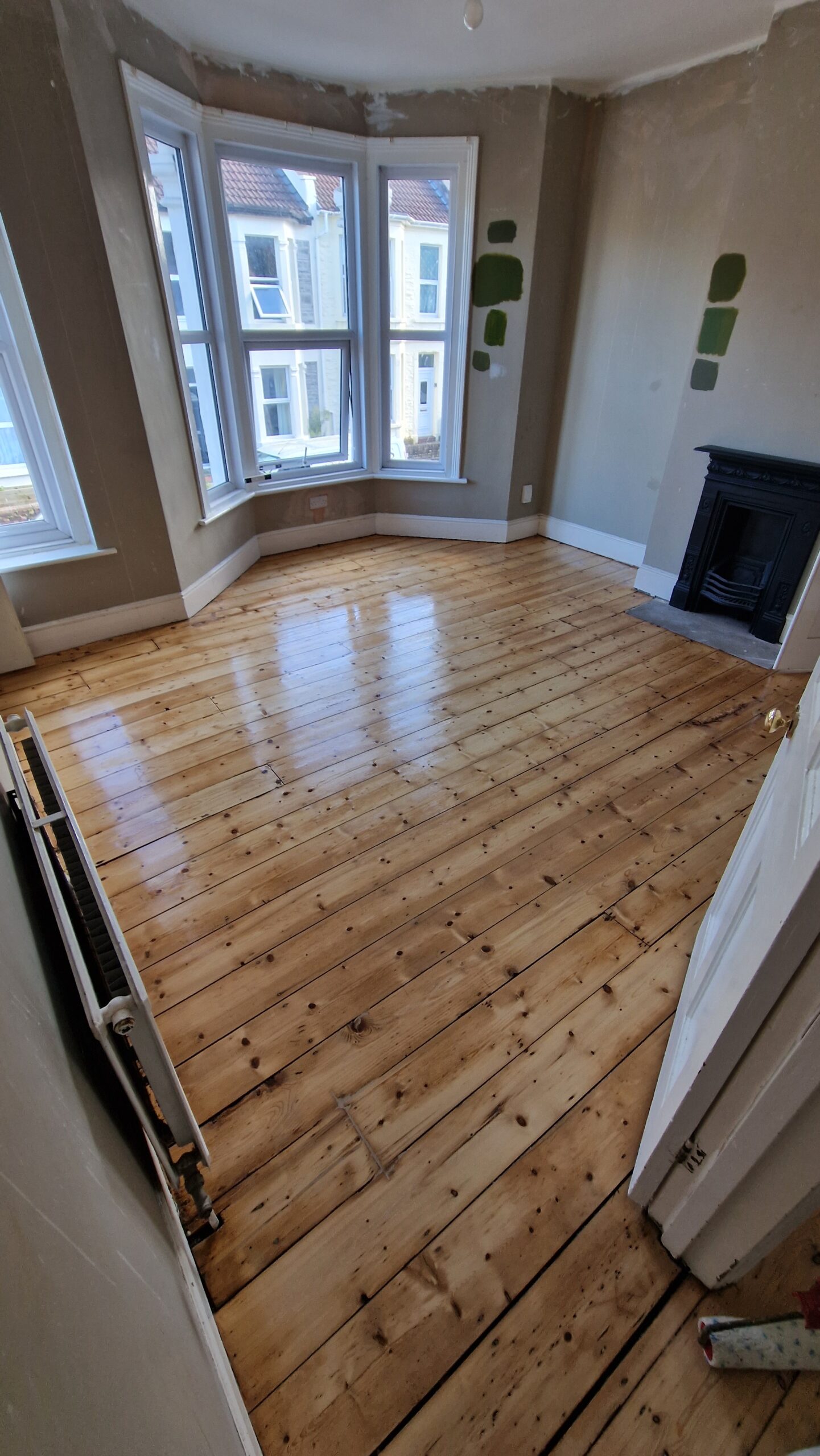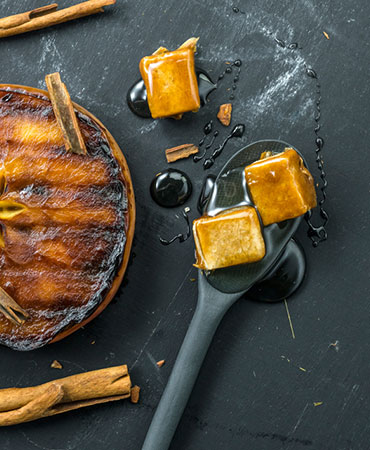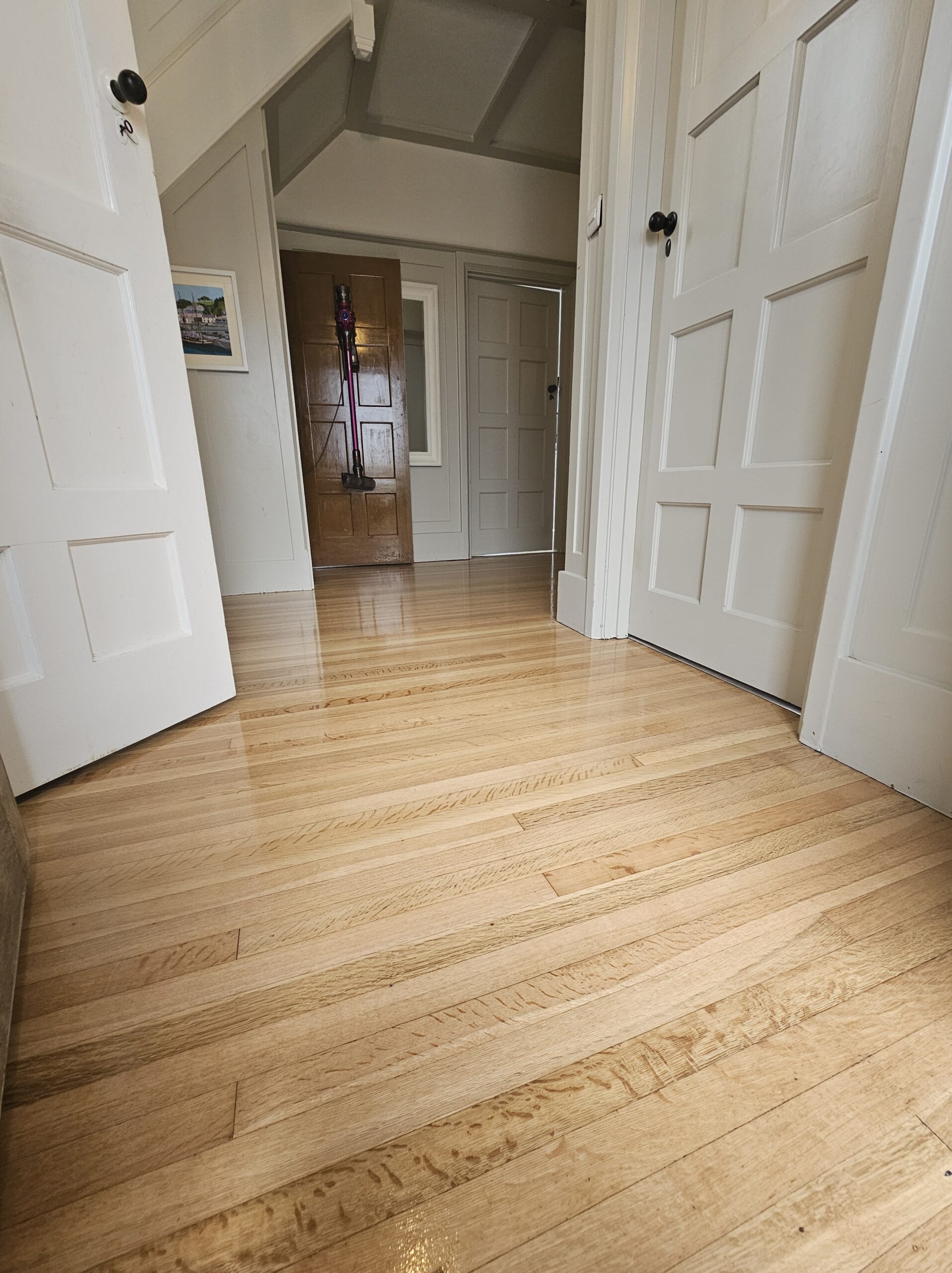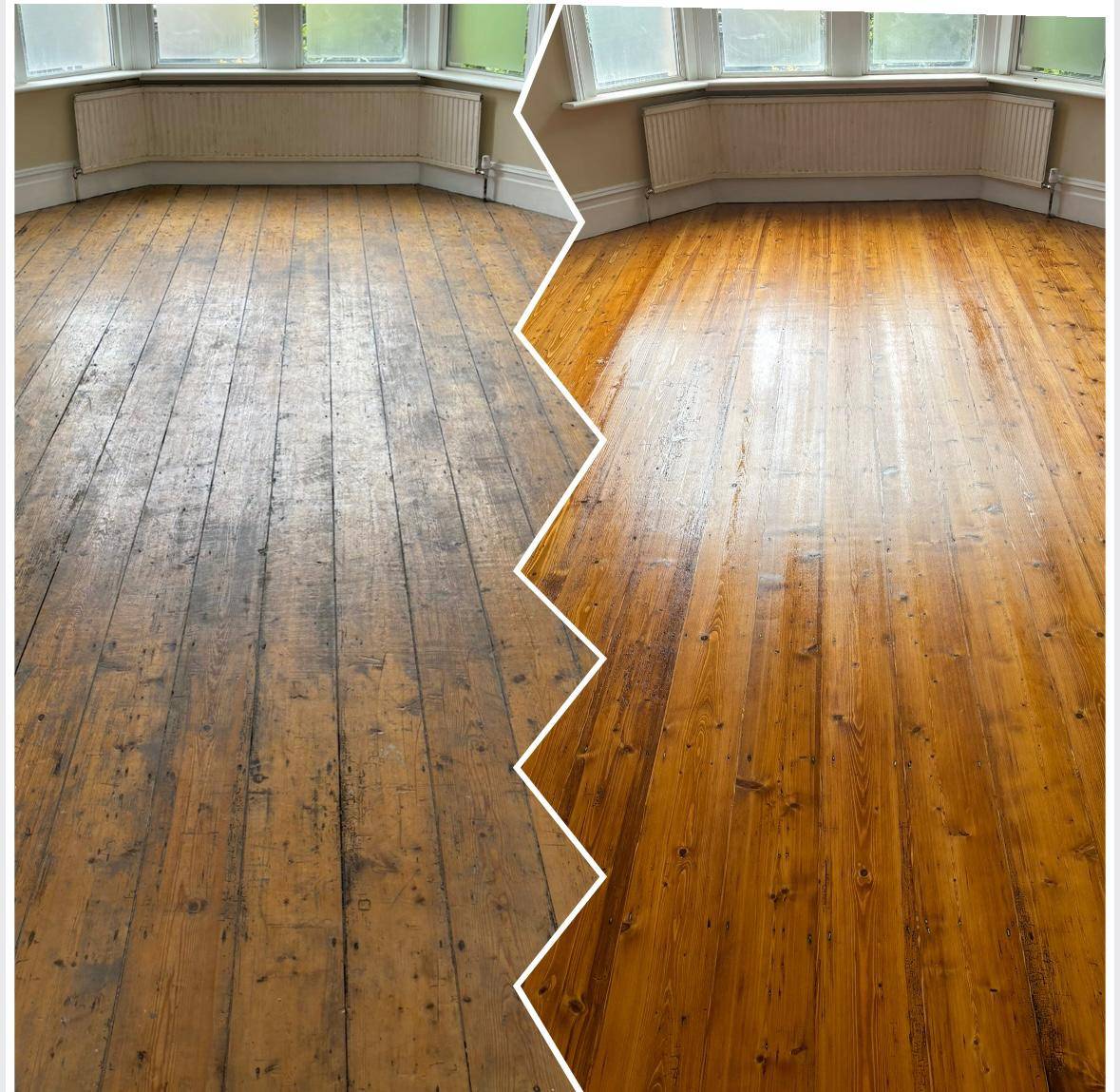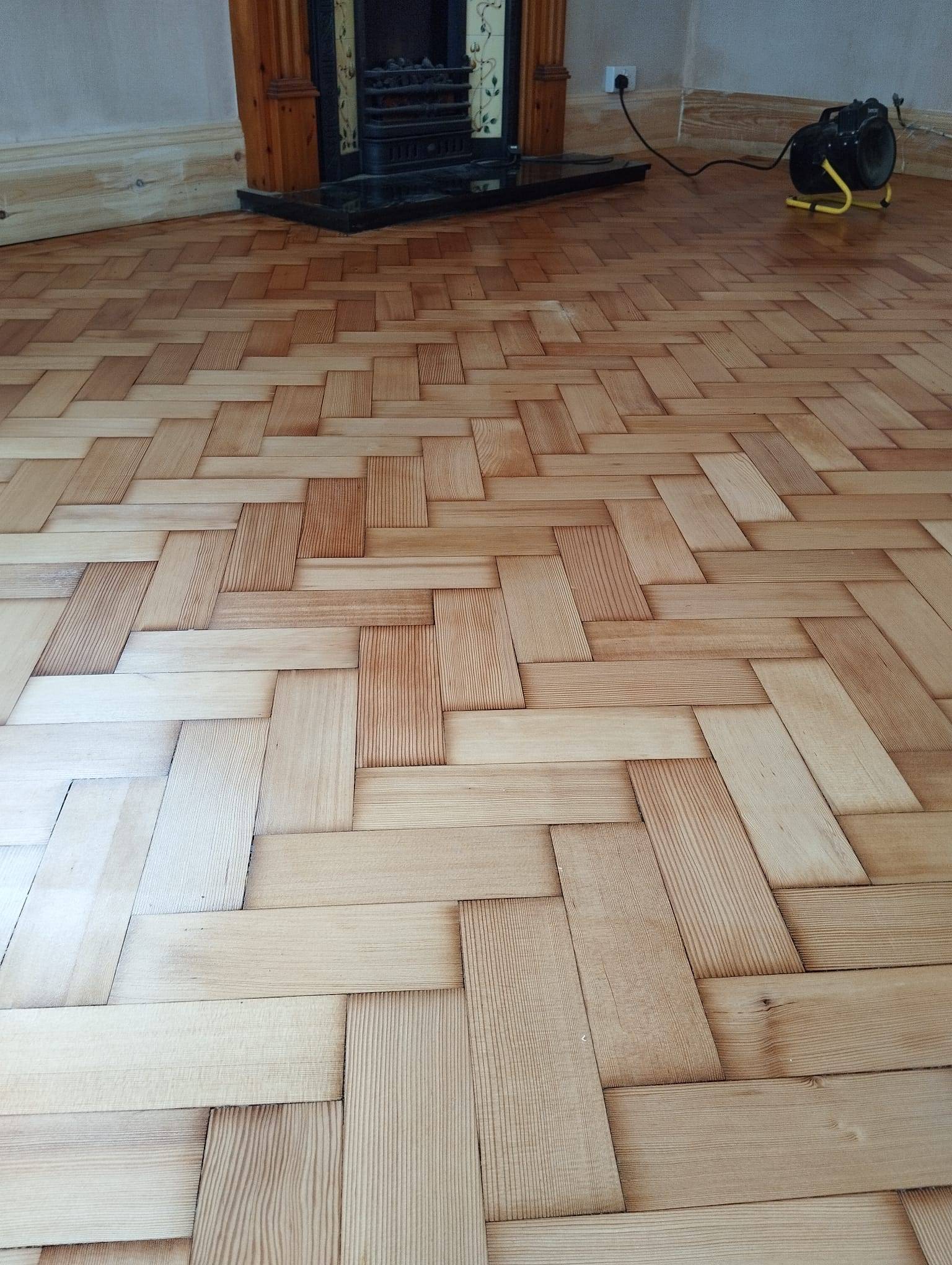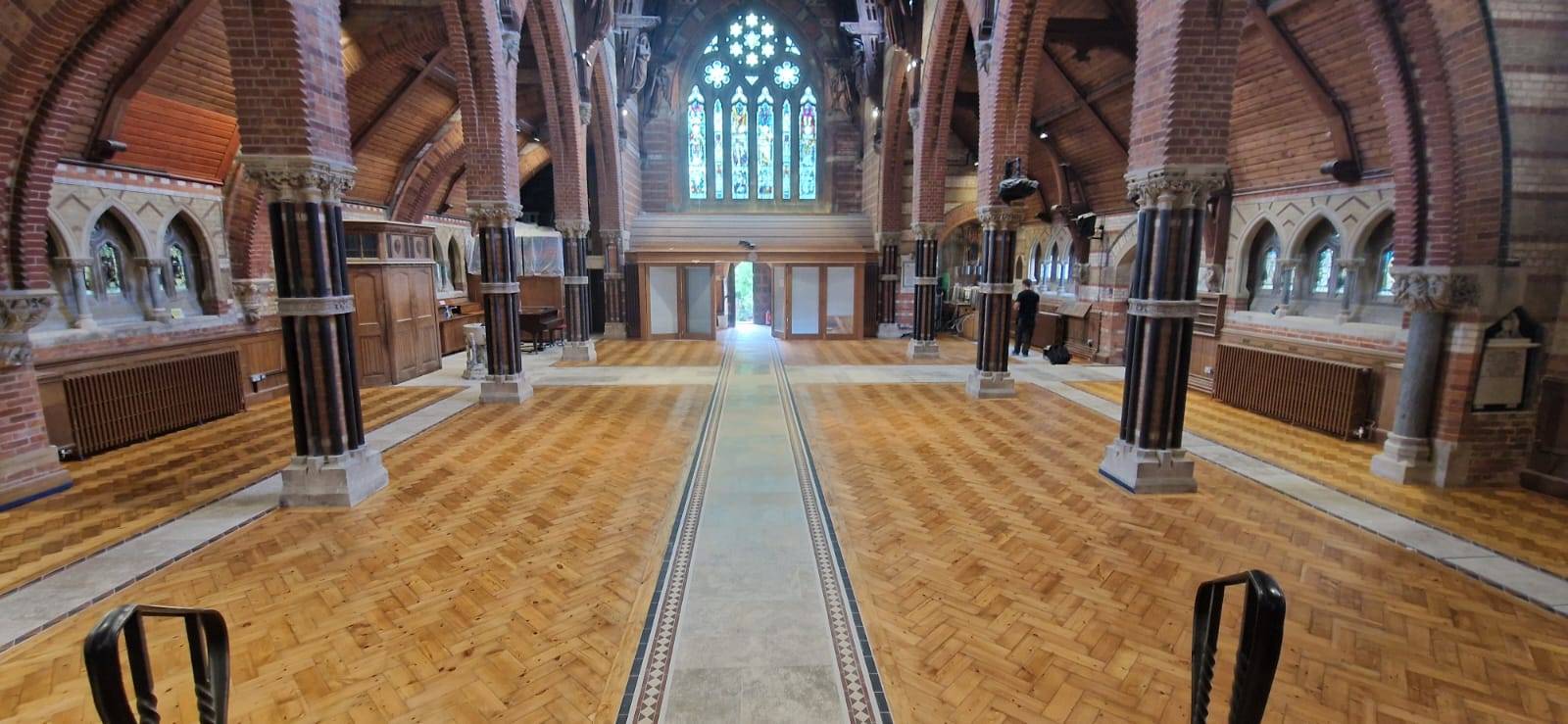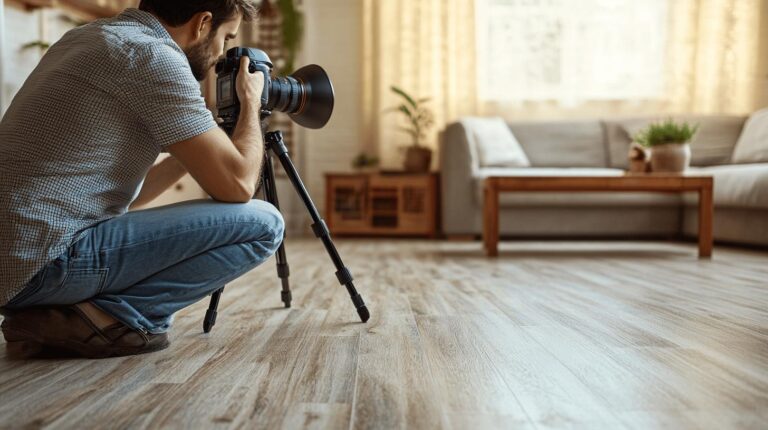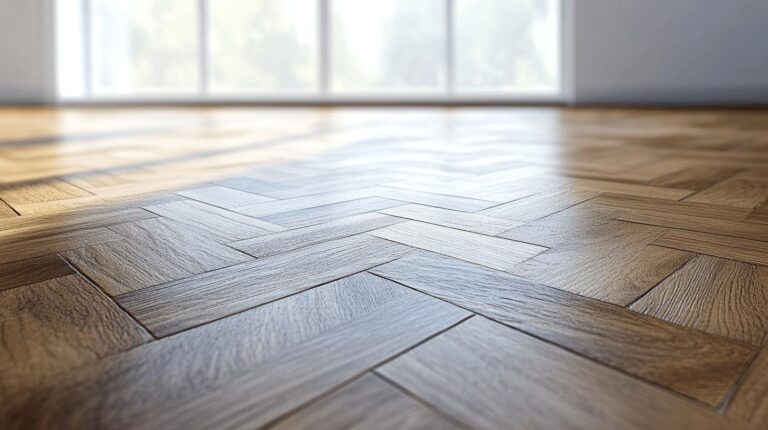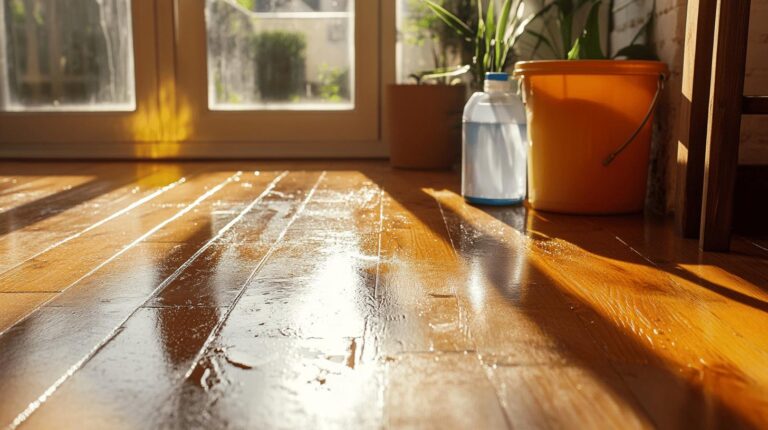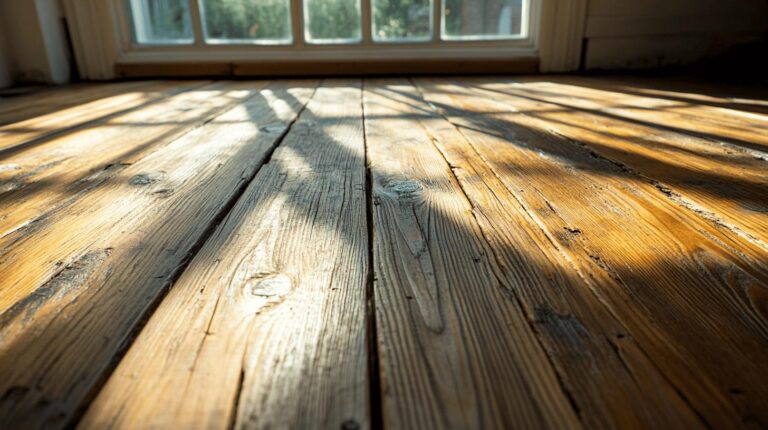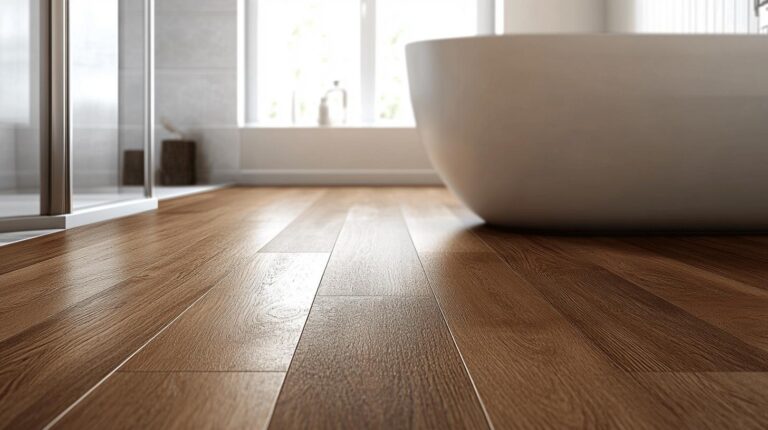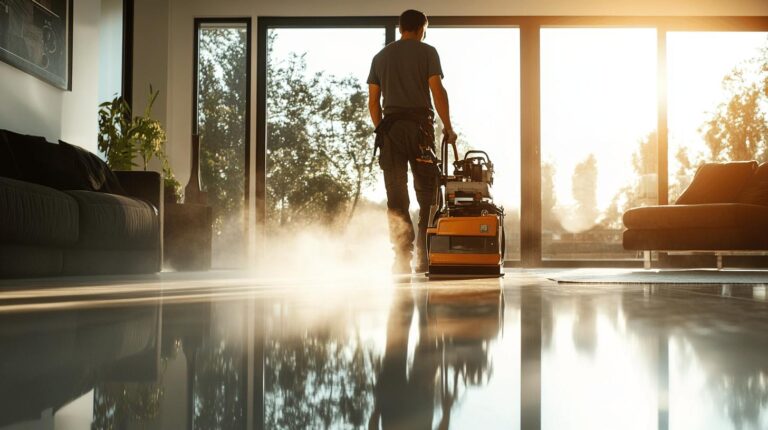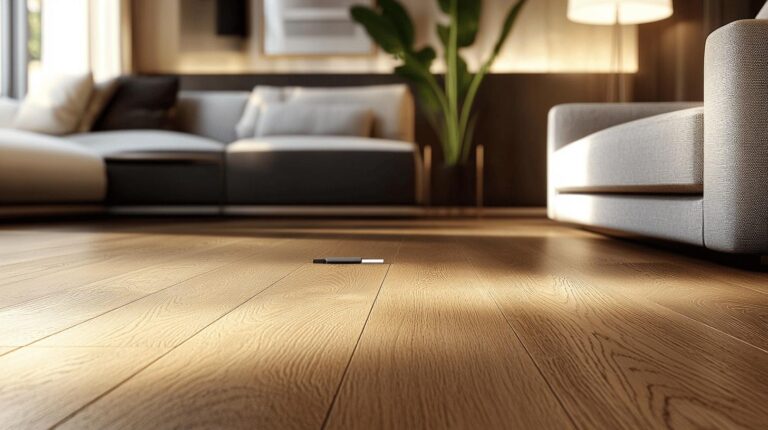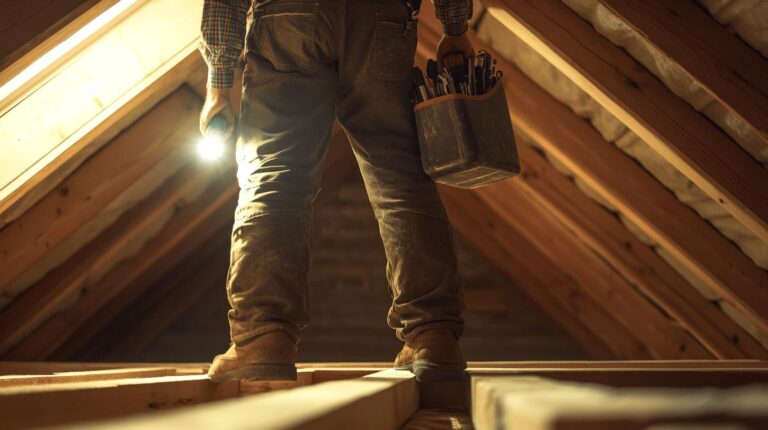Is your home missing that touch of elegance and charm? Parquet flooring could be the answer, offering a timeless sophistication that’s both aesthetically pleasing and durable. This article delves into the captivating world of parquet flooring, exploring a wide range of patterns—from the ever-popular Herringbone and Chevron to the intricate Versailles. We’ll also provide essential care tips to keep your floors looking pristine and offer expert advice on restoration techniques. Whether you’re considering installation or polishing your existing floors, uncover how parquet flooring can transform your home’s appeal.
Understanding the Variety of Parquet Flooring Patterns
Parquet flooring offers an extensive range of patterns, each providing a unique visual appeal and style. These patterns not only enhance the aesthetic of a space but also add a touch of elegance and sophistication. Various parquet designs allow for customisation to suit different preferences, making them a popular choice for both traditional and contemporary interiors.
- Herringbone Pattern: A classic zigzag layout created with rectangular planks, offering a sense of movement and timeless elegance.
- Basketweave Design: Composed of square blocks, this pattern creates a woven appearance that adds texture and interest to a floor.
- Brick Pattern: Mimicking traditional brickwork, this pattern features staggered rectangular planks for a rustic yet refined look.
- Chevron Pattern: Known for its continuous ‘V’ shape, this design is achieved with angled planks, providing a dynamic and stylish effect.
- Diamond Pattern: Formed by interconnected diamond shapes, this intricate design brings a unique and luxurious flair to any room.
- Versailles Pattern: Featuring intricately interwoven blocks that form large square panels, this pattern is often associated with grandeur and opulence.
Parquet flooring patterns significantly influence the design and feel of a space. For instance, a herringbone pattern can add depth and sophistication to a room, while a chevron pattern might bring a sense of modernity and movement. The choice of pattern can also affect the perception of space, with certain designs making a room appear larger or more compact. Selecting the right parquet pattern depends on the desired aesthetic and functional outcomes for the space, ensuring it complements the interior decor and architecture.
Essential Maintenance Tips for Parquet Flooring
Regular maintenance is crucial to preserving the beauty and functionality of parquet flooring. Proper care not only enhances its appearance but also extends its lifespan, making it a sustainable choice for any space. Implementing a consistent maintenance routine will help protect the investment in parquet flooring and maintain its elegance over time.
- Use eco-friendly, non-toxic cleaning products to ensure the safety of the environment and the floor’s surface.
- Place protective pads under furniture legs to prevent scratches and damage caused by movement.
- Regularly sweep or vacuum to remove dirt and debris, preventing surface abrasion.
- Apply natural oils or waxes periodically for touch-ups, preserving the finish and protecting against wear.
- Limit moisture exposure by promptly wiping up spills and avoiding excessive water during cleaning.
Creating a parquet maintenance schedule is essential for ensuring your flooring remains in top condition. Regular inspection of the floor’s surface can help identify areas needing attention and prevent minor issues from becoming significant problems. By adhering to seasonal care tips and adjusting the maintenance routine as necessary, parquet floors will continue to add charm and value to any home or commercial space.
Expert Techniques for Parquet Flooring Restoration
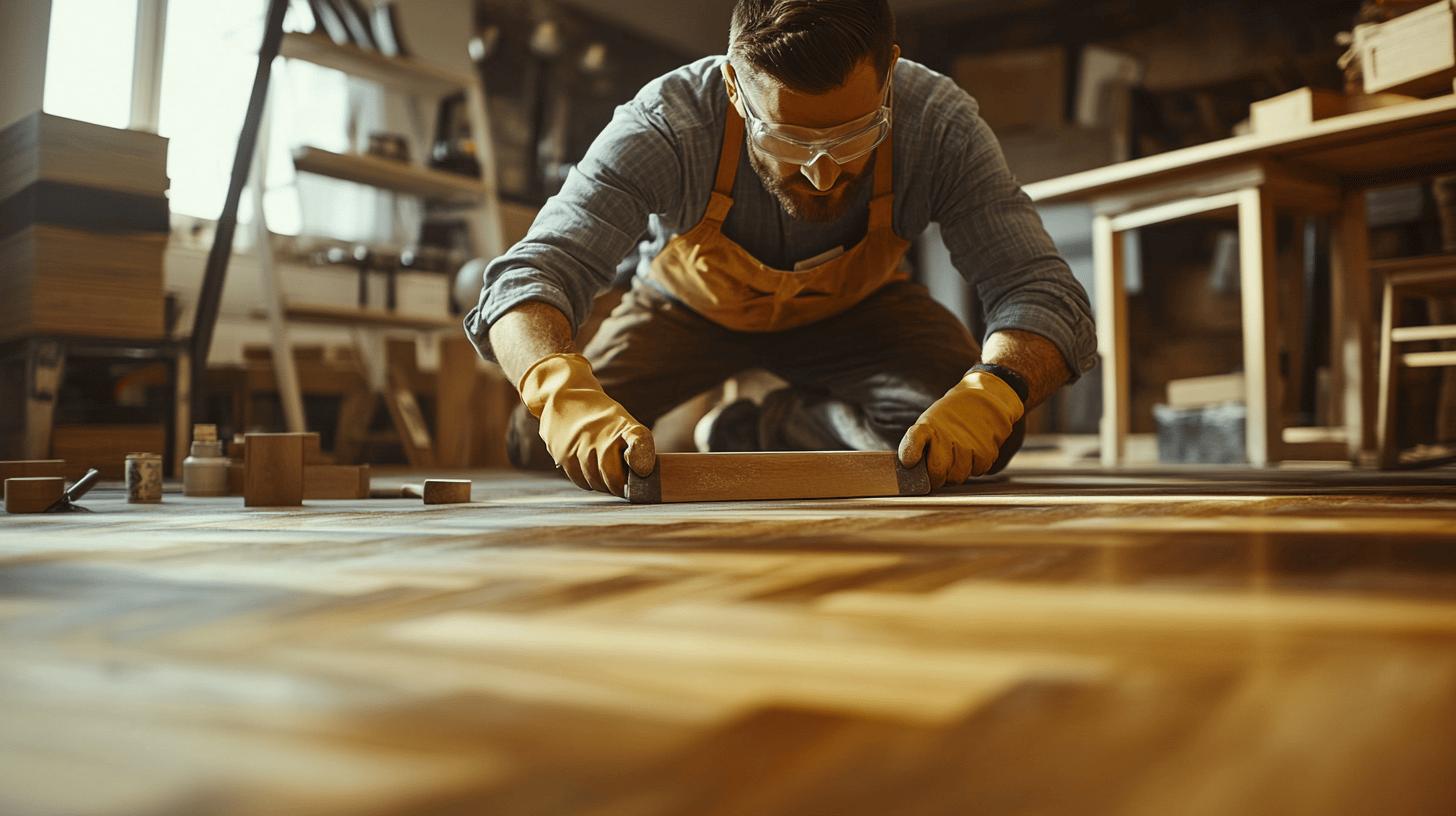
Restoration is crucial in preserving the elegance and functionality of parquet flooring. Over time, wear and tear can diminish the floor’s appearance and integrity. By employing effective restoration techniques, the original beauty of the parquet can be revitalised, ensuring it continues to enhance the space for years to come. Proper restoration not only improves aesthetics but also prolongs the flooring’s lifespan, making it a wise investment.
Eco-Friendly Restoration Methods
Sustainable restoration practices are vital for maintaining parquet flooring while minimising environmental impact. Eco-friendly sanding techniques help remove the worn surface layer without causing excessive material waste or dust pollution. Utilising natural oils and waxes during the refinishing process enhances the floor’s durability and provides a protective seal, all while being environmentally conscious. Reclaimed wood is another sustainable choice, offering a way to repair damaged sections by reusing materials and maintaining the floor’s authentic look.
- Use non-toxic adhesives to ensure indoor air quality and reduce harmful emissions during restoration.
- Regularly assess indoor air quality to minimise dust and pollutants throughout the restoration process.
- Opt for low-VOC (volatile organic compounds) finishes to protect the environment and occupants’ health.
- Ensure proper ventilation during restoration to effectively manage air quality and drying times.
Engaging restoration specialists, such as Ryan’s Restoration, can provide invaluable expertise in parquet flooring restoration. Professionals bring a wealth of knowledge in applying advanced techniques and sustainable practices, ensuring the restoration process is both efficient and environmentally responsible. With expert guidance, parquet flooring can be restored to its original splendour, complementing the aesthetic of any space while upholding sustainable values.
Choosing the Right Parquet Flooring for Your Space
Selecting parquet flooring involves several important considerations to ensure it complements both the functional and aesthetic needs of your space. The diversity in wood species, finishes, and installation options allows homeowners and designers to tailor parquet floors to their specific design preferences and spatial requirements.
- Wood Species: Consider the type of wood, such as European Oak or Walnut, which offers various colours and grain patterns. European Oak is particularly versatile, providing a range of finishes that can uplift any interior.
- Colour Choices: Decide on the colour based on your design vision. Darker shades, including Amber, Malt, Cask, and Smoked Ebony, are ideal for creating a traditional and warm atmosphere, while lighter hues can offer a contemporary and airy feel.
- Pre-finished vs. Unfinished Boards: Pre-finished boards come with a factory-applied finish, saving time during installation, whereas unfinished boards allow for custom staining and finishing on-site, providing a personalised touch.
- Space Requirements: Assess the room size and lighting to choose patterns and colours that enhance the space. Lighter colours and smaller patterns can make a compact room feel larger, while darker shades can add depth to expansive areas.
By carefully selecting wood species, colours, and finish types, parquet flooring can significantly enhance the aesthetic appeal and functionality of any area. Thoughtful choices ensure that the flooring not only aligns with the interior design but also withstands daily use, providing a timeless and durable solution for both residential and commercial environments.
Parquet Flooring Installation: Techniques and Considerations
Proper installation of parquet flooring is crucial to achieving a flawless finish and ensuring the longevity of the floor. Precision and attention to detail are essential, as even minor errors can affect the overall appearance and functionality. Understanding the installation process and potential challenges can help in making informed decisions for a successful outcome.
- Acclimate the Flooring: Allow the parquet flooring to acclimate to the room’s conditions for at least 48 hours before installation. This helps prevent expansion or contraction after installation due to temperature and humidity changes.
- Choose Installation Method: Decide between adhesive for glue-down installation or a floating installation where pieces are clicked together. Glue-down is more permanent, while floating installations offer easier removal and replacement.
- Consider Board Direction: Generally, align the parquet boards with the longest wall in the room to enhance the flow and sense of space. However, consider room features and focal points, as they can influence the direction for aesthetic purposes.
- Ensure Surface Preparation: Prepare the subfloor by ensuring it is clean, dry, and level. Any imperfections can result in an uneven floor, impacting both appearance and durability.
Potential challenges during parquet installation include ensuring precise alignment and dealing with uneven subfloors. Hiring professionals like Ryan’s Restoration can mitigate these challenges, as they bring specialised skills and experience to the process. Professional installation ensures that parquet flooring is laid correctly, enhancing both the aesthetic appeal and structural integrity of the space.
Final Words
Exploring parquet flooring: patterns, maintenance, and restoration techniques reveal the elegance and versatility of patterned wood floors. Each pattern, from Herringbone to Versailles, offers distinct aesthetics that can enhance any space. Regular maintenance ensures longevity, with eco-friendly products preserving appearance and sustainability. Restoration techniques focus on using natural materials and reclaimed wood, maintaining the parquet’s beauty and reducing environmental impact.
The right parquet choice considers design, colour, and installation preferences. Proper installation is crucial, and expert services like Ryan’s Restoration provide precision and expertise. Altogether, parquet flooring beautifully combines art and functionality.
FAQ
How do you care for and maintain parquet flooring?
Caring for parquet flooring involves regular cleaning with eco-friendly, non-toxic products and preventive measures to avoid damage. Protect floors with pads under furniture and use natural oils or waxes for periodic maintenance.
What are the different patterns of parquet flooring?
Parquet flooring patterns include Herringbone, Basketweave, Brick, Chevron, Diamond, and Versailles. Each pattern has a unique aesthetic, offering variations from zigzag and woven appearances to staggered and intricate designs.
How do you restore parquet flooring?
Restoring parquet floors involves sustainable techniques such as eco-friendly sanding and refinishing. Use natural oils, non-toxic adhesives, and optionally reclaimed wood for repairs to maintain durability and minimise environmental impact.
What is the best treatment for parquet flooring?
The best treatment for parquet flooring includes routine cleaning with non-toxic products and protecting surfaces with natural oils or waxes. These methods preserve the finish and enhance longevity while ensuring environmental consciousness.
